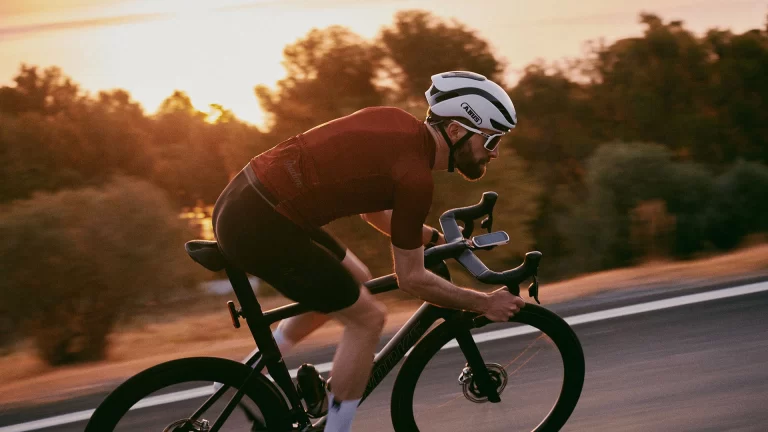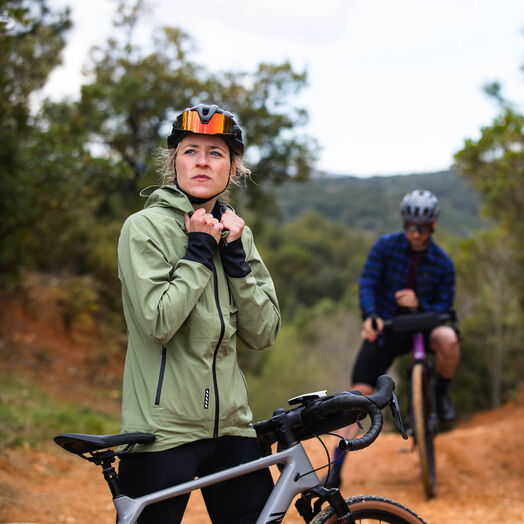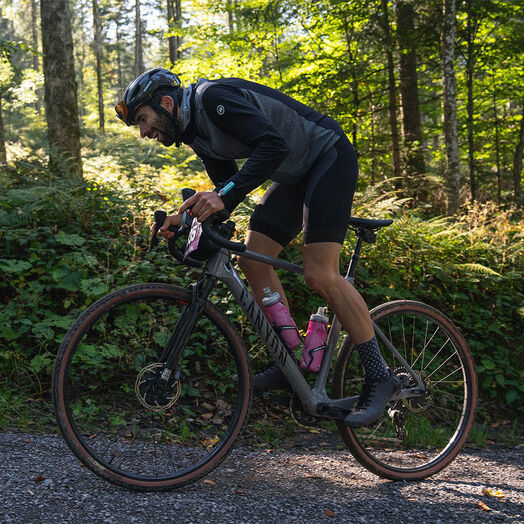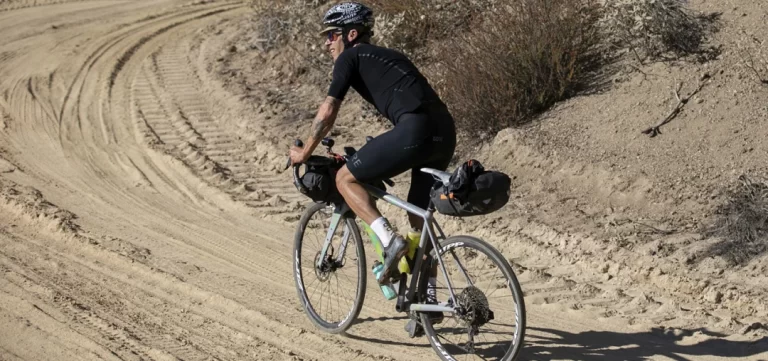Conquering the Cold: Winter Riding with MTB Helmets
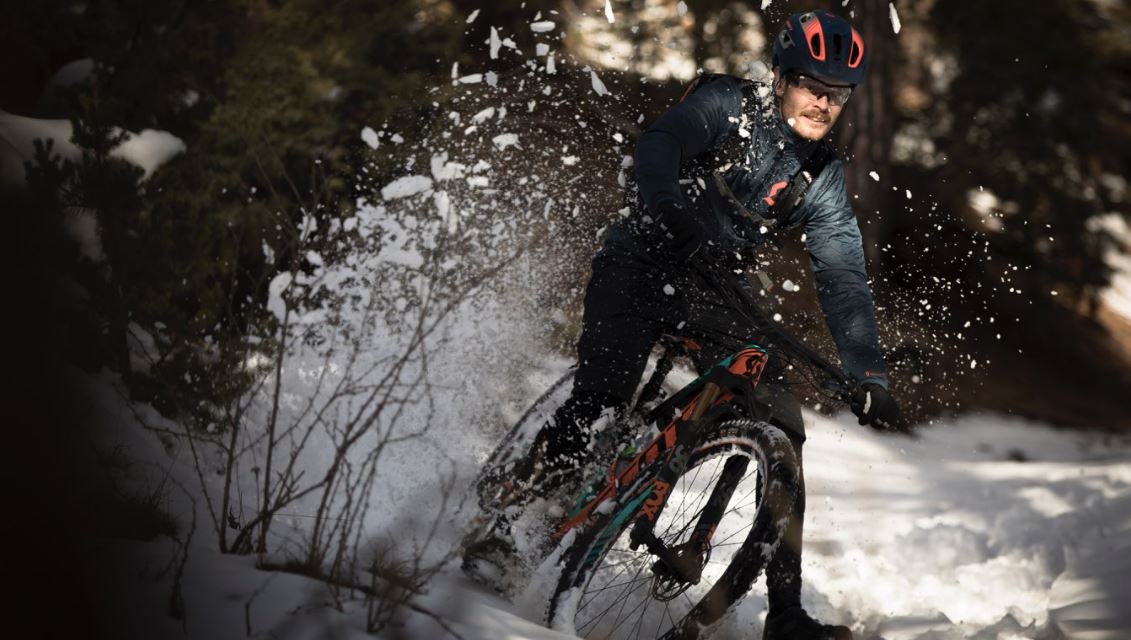
Key Point Summary of Winter Riding with MTB Helmets:
- Insulation and Ventilation: Look for helmets that offer a balance between warmth and breathability to keep you comfortable during cold rides.
- Visibility Features: Shorter days mean lower visibility. Helmets with reflective elements or options to attach lights are invaluable.
- Compatibility with Winter Gear: Ensure your helmet works well with winter cycling accessories like goggles and face masks.
Winter riding brings its own set of challenges and rewards. As someone who has navigated the transition of seasons on two wheels for years, exploring mountain trails, gravel paths, and cyclocross courses, I’ve come to appreciate the unique joy that cold-weather biking offers. It’s not just about braving the elements; it’s about embracing the crisp air, the quiet of a snow-dusted trail, and the satisfaction of conquering winter’s grip on your favorite routes. A crucial piece of gear in this endeavor is the winter MTB helmet. Let’s dive into why it’s essential and how to choose the right one.
The Essentials of Winter MTB Helmets
Riding in winter conditions isn’t just about enduring the cold; it’s about preparing for it. The right winter MTB helmet can make a significant difference in your riding experience, keeping you warm without overheating and ensuring you’re visible in lower light conditions.
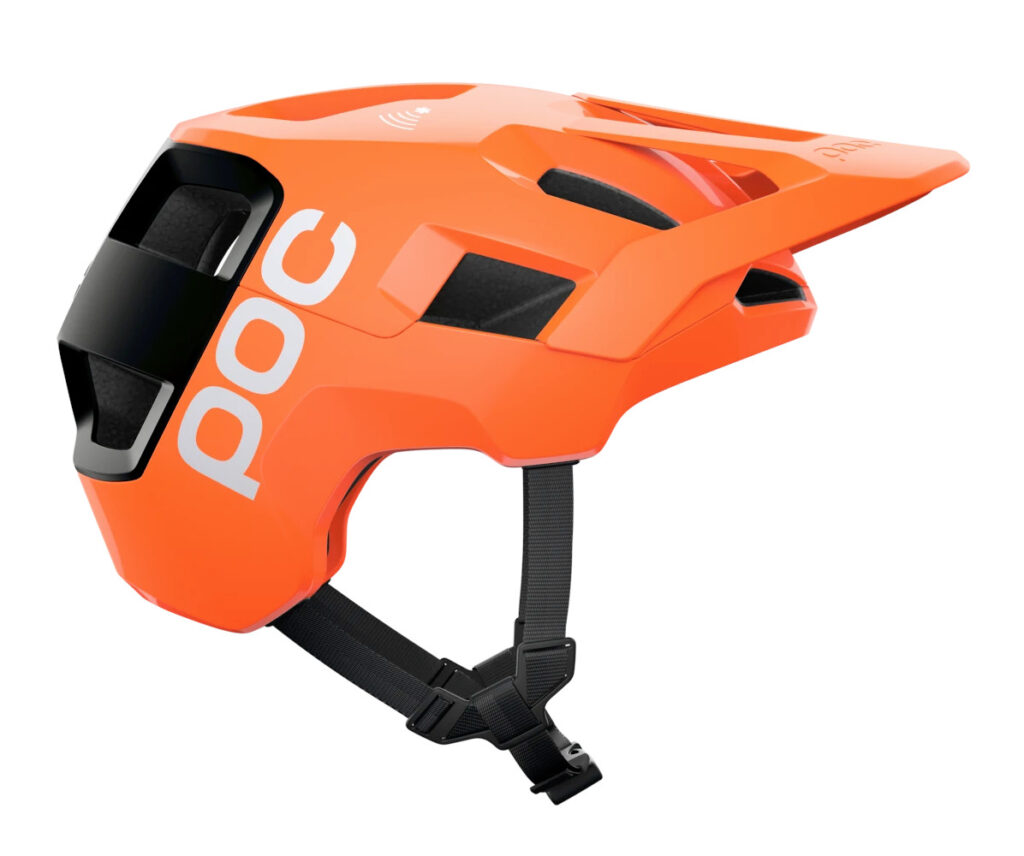
Insulation and Ventilation: Finding the Balance
One of the biggest challenges of winter riding is managing your body’s temperature. Too much insulation, and you risk sweating excessively, which can quickly lead to discomfort and chilling as the sweat cools. Not enough, and the biting cold can make your ride miserable. A good winter MTB helmet provides adequate insulation, often with removable liners or ear pads, while still offering ventilation to let out excess heat. This balance is key to staying comfortable on long rides.
Enhanced Visibility for Shorter Days
With winter comes shorter days and often gloomier weather, making visibility on the trails a paramount concern. Many winter helmets come equipped with reflective elements or even integrated lights to make sure you’re seen by others. Additionally, being able to attach a headlamp or bike light securely to your helmet can be a game-changer for those early morning or late afternoon rides.

Compatibility with Winter Accessories
Winter riding gear doesn’t stop at the helmet. Goggles, balaclavas, and face masks become part of the essential kit to protect against the cold. When selecting a winter MTB helmet, consider how well it integrates with these accessories. A helmet that can comfortably fit goggles and provides enough space for a balaclava or face mask underneath without compromising the fit or safety features is ideal.
Safety Should Never Take a Backseat
While warmth and visibility are crucial, the primary function of a helmet—protection—should never be compromised. Look for helmets that meet safety standards and consider features like MIPS (Multi-directional Impact Protection System) for added protection against rotational forces in a fall.
Additional Features to Consider
- Adjustability: A helmet that offers easy adjustments, even with gloves on, can greatly enhance your winter riding experience.
- Durability: Winter conditions can be harsh on gear. Choose a helmet that’s built to withstand wet, muddy, and freezing conditions.
- Style: Let’s face it, looking good on the trails is always a plus. Many brands offer helmets in various colors and designs to suit your personal style.
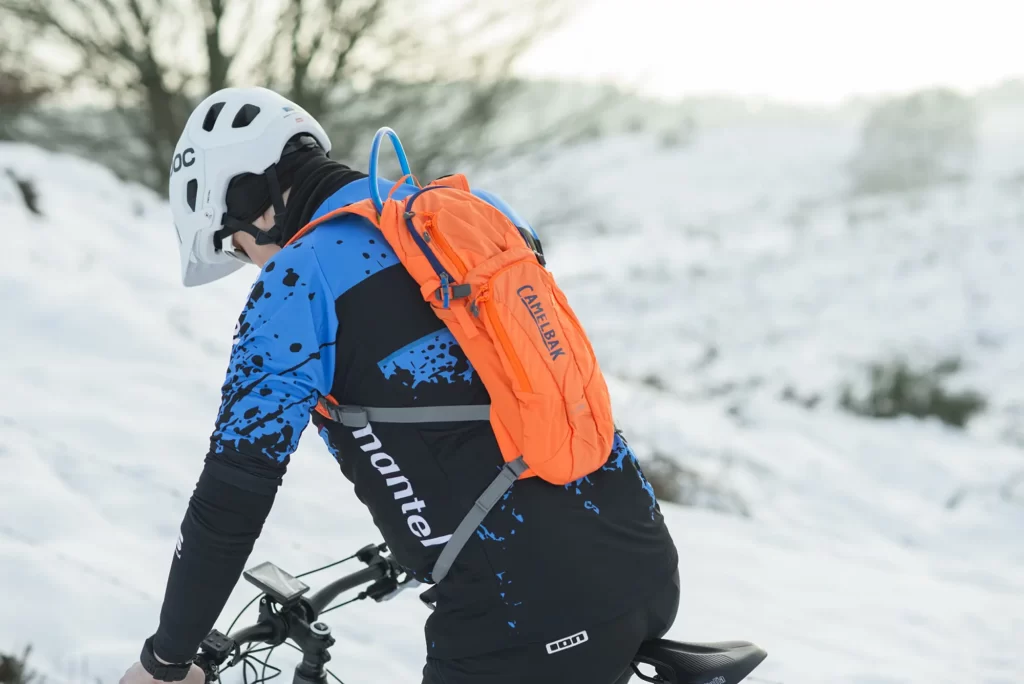
Winter Riding with MTB Helmets: In Conclusion
Embracing winter riding opens up a whole new dimension of mountain biking, offering tranquility and challenges unlike any other season. With the right winter MTB helmet, you’re not just preparing to endure the cold; you’re equipping yourself to enjoy and thrive in it. Remember, the best rides aren’t always in perfect conditions—they’re in the moments you’ve fully prepared for, allowing you to focus on the trail, the scenery, and the sheer joy of mountain biking.
For winter MTB riding, helmets that excel typically offer enhanced warmth, visibility, and protection. Look for models with:
- Integrated MIPS Technology: For added safety against rotational forces during impacts.
- LED Lighting or Reflective Elements: For improved visibility during shorter daylight hours.
- Adjustable Ventilation: To manage airflow and prevent overheating while retaining warmth.
- Goggle Compatibility: Ensuring a snug fit with winter eye protection without compromising comfort or visibility.
- Removable Liners or Ear Pads: For customizable warmth.
Brands Known for High-Quality MTB Helmets:
- Giro: Known for their Montaro MIPS and Manifest Spherical models, Giro consistently integrates the latest safety features with comfort and style. For winter, look for models with additional warmth and visibility features.
- Bell: With helmets like the Super DH MIPS and Sixer MIPS, Bell offers robust protection and comfort. They often include features beneficial for winter riding, such as adjustable ventilation and goggle compatibility.
- POC: Offering advanced safety features, including MIPS and their own SPIN technology, POC helmets like the Tectal Race SPIN and Axion SPIN are designed for optimal protection and comfort. Winter models may include more substantial coverage and options for added warmth.
- Smith: Known for incorporating Koroyd technology for enhanced protection and ventilation, Smith helmets like the Forefront 2 and Session are lightweight and comfortable, with features that support winter riding.
Happy trails!
John
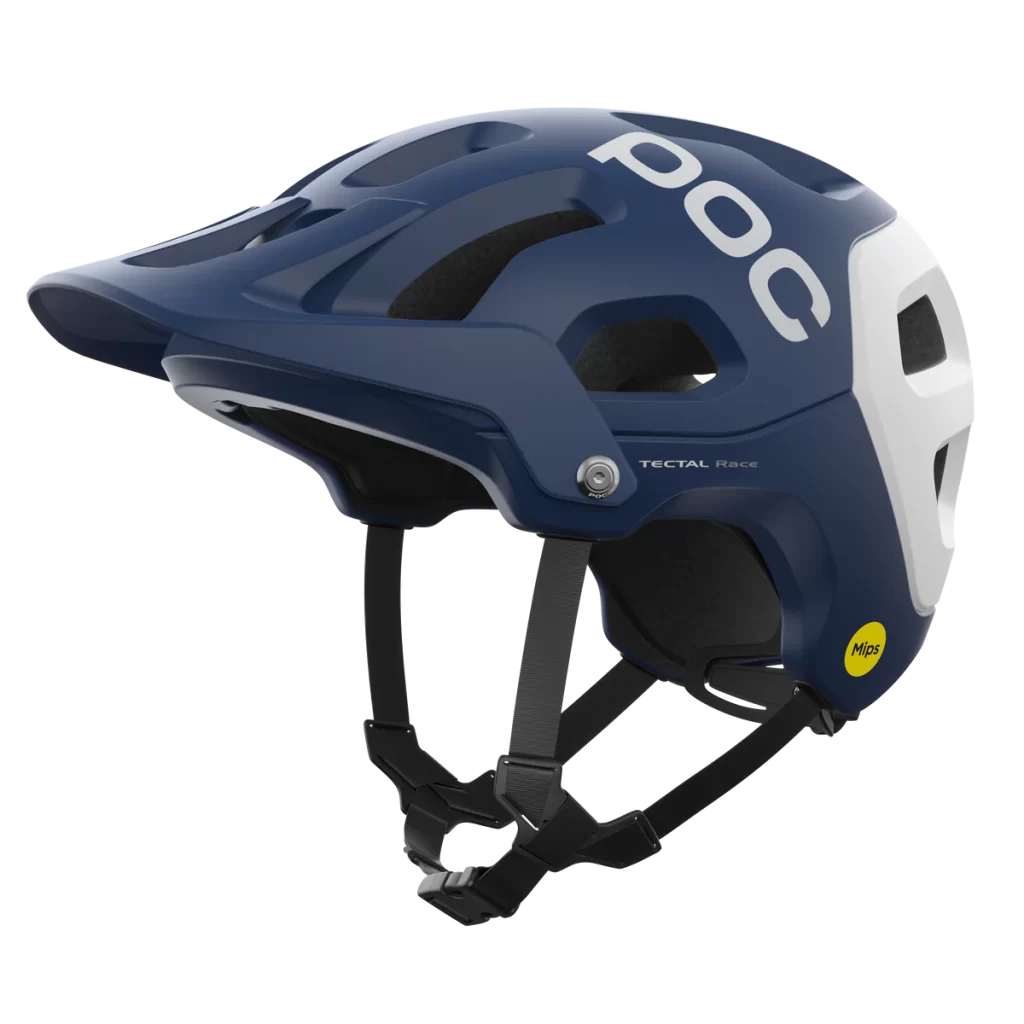
FAQ
How do you wear a bike helmet in the winter?
Choose a helmet with adjustable ventilation to manage airflow. Wear a thin, thermal skull cap or balaclava underneath to keep your head warm without compromising the helmet’s fit. Ensure the helmet is still snug and properly adjusted over your winter headwear.
How do you ride a mountain bike in the winter?
Lower your tire pressure for better traction on snow and ice. Use studded tires if you’re riding in icy conditions frequently. Dress in layers to manage body temperature, and prioritize waterproof and windproof clothing. Be mindful of shorter daylight hours by using lights and reflective gear. Adjust your riding style to be more cautious, given the slippery conditions.
How do I keep my head warm with a bike helmet?
Wear a thin, thermal skull cap or balaclava under your helmet. Ensure the helmet has enough room to accommodate the cap without being too tight. Look for helmets with removable padding or adjustable ventilation to better control airflow and retain warmth.

